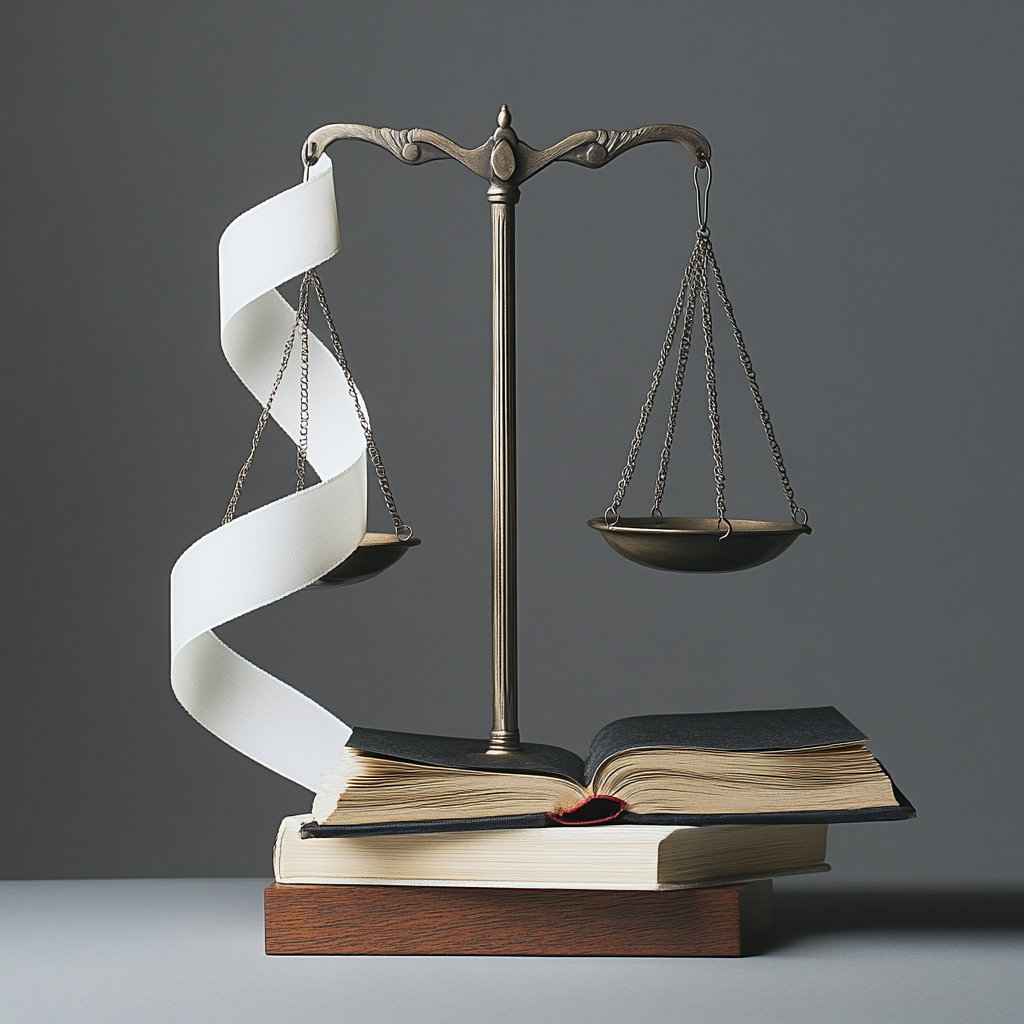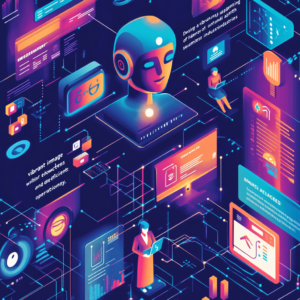
Navigating Ethical AI: Balancing Guidelines and Regulations
In the bustling bazaar of technological progress, where the wares of innovation are as shiny as a new coin, one particular gem has captured the imagination and fears of humanity: Artificial Intelligence (AI). As we dive into this vibrant world, a crucial distinction looms large—guidelines and regulations. It's a tale of structure versus freedom, of the necessary backbone of law versus the soft whispers of voluntary best practices, both vying for a seat at the table where ethical AI is cooked up.
First, let’s grab our metaphorical magnifying glass and inspect the need for ethical frameworks in AI. This is no longer just a passing trend; it’s a fundamental expectation as AI begins to touch every facet of our lives. Picture this: AI in healthcare determining treatment plans, or algorithms deciding who gets hired—or even worse, who might find themselves on the wrong side of the law. The potential to revolutionize is immense, but so too are the risks—bias that discriminates rather than assists, privacy violations that can strip us of our dignity, and security breaches capable of unleashing chaos. We need frameworks—guidelines and regulations—to act as our safety nets, ensuring that we navigate this adventure without tumbling down into the abyss.
Now, let’s cast our gaze towards the land of guidelines. These are the friendly neighborhood recommendations—non-binding, yet packed with the wisdom of those who have walked this path before us. They are the seasoned travelers offering a roadmap to ethical AI development. These guidelines arise from the bright minds of industry leaders, academics, and professionals—the very architects of AI technology.
What do these guidelines typically recommend? A few key components:
-
Transparency and Accountability: A guiding star, these principles stress the importance of being upfront about how AI systems make decisions. Imagine a world where AI isn't just a mysterious black box; instead, it offers clear, understandable explanations for its actions. Companies like Salesforce are waving this banner high, promoting a culture where trust is built on transparency.
-
Data Privacy and Security: Here lies the heart of ethical AI. We can’t simply toss data about as if it were confetti at a parade! Protecting users’ privacy and sensitive data has to be paramount. The guidelines champion rigorous governance models and data usage policies, ensuring that everything within the AI ecosystem is locked up tighter than a safe.
-
Fairness and Non-Discrimination: We’ve all heard the horror stories of biased algorithms running amok. Datasets, those building blocks of AI, must be scrutinized to prevent discrimination. It's about ensuring no one gets unfairly judged by an algorithm that only sees shades of gray where humanity is rich with colors.
As we cruise further down this list of guidelines, let’s glance at some examples. Take Salesforce’s AI Acceptable Use Policy, which sets a robust bar for responsible AI practice. And don’t overlook the ISO Standards—an international effort to foster trustworthy AI technology through established principles that protect privacy and ensure fairness.
Now, we must switch gears and zoom in on regulations—the stern, old guardians of the law. Unlike our friendly guidelines, regulations are the unwavering laws that demand compliance. They are not just polite suggestions; they come with teeth, enforced by governmental bodies ready to lay the smackdown on violators.
So, what do these regulations entail?
-
Mandatory Legal Obligations: These regulations pull ethical considerations firmly into the realm of lawfulness. The European Commission has championed this cause, providing a legal framework for what constitutes trustworthy AI, laying out seven essential requirements that must be adhered to throughout its lifecycle.
-
Enforcement Mechanisms: This is where the rubber meets the road. Regulations come with watchdogs, independent review boards, assessments, and educational programs to ensure everyone toeing the line. The consequences of flouting these rules? Let’s just say the penalties can sting!
-
Global Interoperability: We're all aware that laws can differ vastly from state to state, country to country. Regulations aim to harmonize these, creating a cohesive approach that transcends borders.
For a taste of these regulations, look no further than the European Commission’s framework for AI, which serves as a steadfast guide for ethical considerations. Then, cast your eyes across the pond in the U.S., where various states have reignited the discourse on AI regulation with bills such as California’s Consumer Privacy Act (CCPA) and Illinois’s Biometric Information Privacy Act (BIPA). These regulations seek to lay down the law on privacy, assessment requirements, and anti-discrimination measures.
Now, let’s step into the ring and compare.
On one side, we have guidelines. They’re charmingly non-binding, flexible, industry-led, and they can adapt quickly—like the cool kid who always knows the latest trends. Yet, their significant limitation is that without legal enforcement, adherence can be a bit of a wild card—like trying to convince a cat to take a bath.
On the other side stand our hallowed regulations. These are the strong, silent types—legally binding and comprehensive. Developed and enforced by the full force of government, they ensure that ethical AI is not just a fanciful concept but a concrete reality. However, they can be a tad rigid, often slow to respond to the ever-evolving technological landscape due to the bureaucratic process.
As we meander to our conclusion, it becomes crystal clear: the road to ethical AI requires a symbiotic fusion of guidelines and regulations. While guidelines provide the wisdom of flexibility and best practices, regulations lay down the essential legal framework that enforces accountability.
This journey is not a solitary one; it demands a teamed effort from governments, industries, academics, and civil societies. Together, let’s forge a pathway that harnesses the benefits of AI while respecting the core values of humanity. The clock is ticking, and the future of AI is a mixed blessing—dependent on our proactive steps to ensure it evolves responsibly.
So, what’s next for you? If you’re keen to remain on the cutting edge of AI ethics and regulations, why not subscribe to our Telegram channel? Stay informed and engaged with the latest developments in this rapidly evolving field. Join us: @ethicadvizor. Your voice and participation matter in shaping the future of ethical AI! Together, let’s make the digital world a fairer place for everyone.

